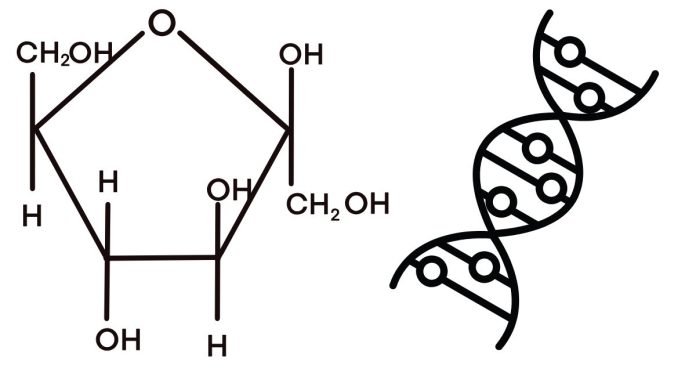Carbohydrates are an essential class of macromolecules that provide energy and structural support in living organisms. They are composed of smaller subunits called monomers that join together to form larger carbohydrate molecules. The monomers of carbohydrates are monosaccharides, which are simple sugars.
Monosaccharides: The Building Blocks of Carbohydrates
A monosaccharide is the simplest form of carbohydrate and serves as the basic unit or monomer. These molecules typically have the general chemical formula (CH₂O)_n, where “n” represents the number of carbon atoms in the molecule. Monosaccharides are classified based on the number of carbon atoms and the functional groups they contain.
Examples of Monosaccharides
- Glucose (C₆H₁₂O₆):
- The most common monosaccharide.
- Known as blood sugar, it serves as a primary energy source for cells.
- Fructose (C₆H₁₂O₆):
- Found in fruits and honey.
- Known for its sweetness.
- Galactose (C₆H₁₂O₆):
- Found in milk and dairy products as part of lactose.
How Monosaccharides Form Larger Carbohydrates
Monosaccharides combine to form more complex carbohydrates through a process called dehydration synthesis (condensation reaction), where a water molecule is removed as a bond forms between two sugar molecules. These combinations result in:
- Disaccharides:
- Formed by the bonding of two monosaccharides.
- Examples:
- Sucrose (glucose + fructose): Table sugar.
- Lactose (glucose + galactose): Found in milk.
- Maltose (glucose + glucose): Found in malted foods.
- Polysaccharides:
- Long chains of monosaccharides bonded together.
- Examples:
- Starch: Energy storage in plants.
- Glycogen: Energy storage in animals.
- Cellulose: Structural component in plant cell walls.
Functions of Carbohydrate Monomers
- Energy Source: Glucose, the most abundant monosaccharide, is a primary energy source for cellular respiration.
- Building Blocks: Monosaccharides serve as the foundation for more complex carbohydrates, which are used for energy storage (starch and glycogen) and structural support (cellulose and chitin).
- Metabolic Intermediates: Monosaccharides are involved in metabolic pathways, such as glycolysis and the citric acid cycle.
The monomers of carbohydrates are monosaccharides, simple sugar molecules like glucose, fructose, and galactose. These monomers serve as energy sources and combine to form complex carbohydrates like disaccharides and polysaccharides. Understanding these building blocks helps us appreciate their crucial role in biological processes and the sustenance of life.


